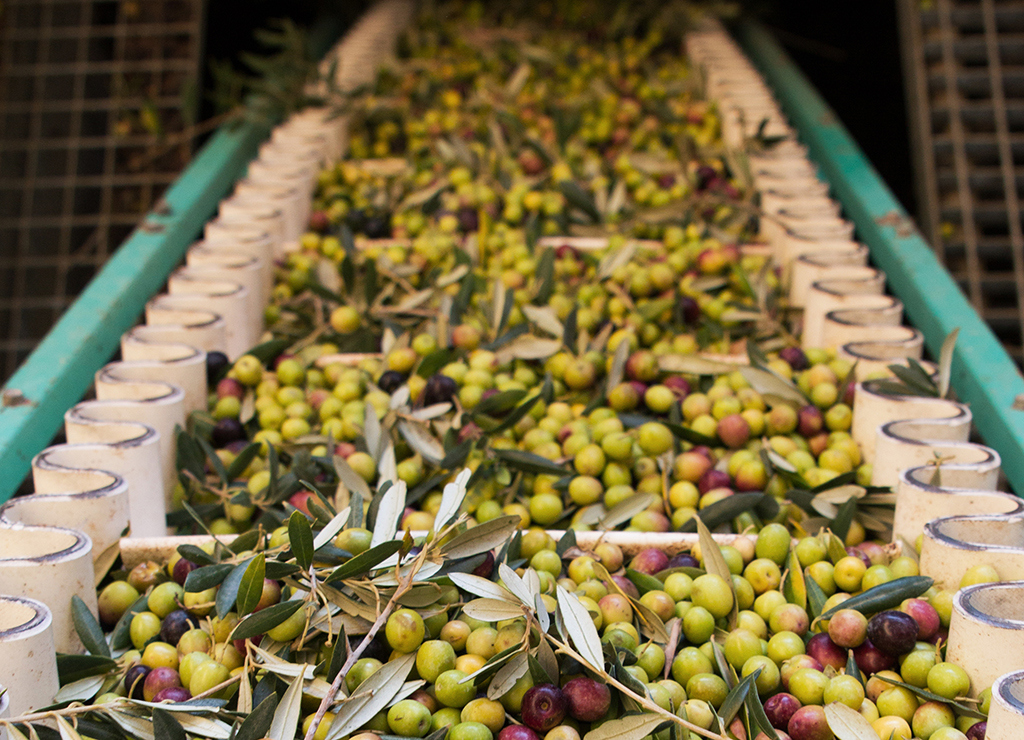QUHOMAtrace
Unique combination of IoT and traceability data provides unparalleled upstream visibility for agri-food stakeholders
Farms, cooperatives and other agri-food businesses wanted to create a competitive advantage by meeting consumer needs for easy accessibility to valuable information about their crops and food. Nevertheless, there was no single solution that traced the exact location and climatic conditions that indigenous varieties are cultivated under and linked them to the final products.
Future Intelligence developed an Internet of Things (IoT) traceability solution, QUHOMAtrace, utilizing GS1 data sharing standards. The QUHOMAtrace platform is designed as an innovative integrator of entity-based registries, such as IoT data (e.g., sensor data, user registries) and event-based information, like data produced from traceability applications (e.g., item moved from location X to Y). To lay the foundation for traceability, an EPC (Electronic Product Code)-based set of identifiers was assigned, applied and used to track and trace crops as they travel from farm to fork.

For the harvested product, information on events prior to its harvest is now available, such as when it was planted, how it was treated and sensorial information. Farmers can now communicate with their procurers, buyers and/or consumers every detail that happens in the field. Farmers can also receive customised advice on the use of a product, how to lower the cost of an external quality inspection or even how to increase consumer trust and loyalty.
The IoT traceability solution provides farmers with aggregated data that helps them determine which farm practices can increase a field’s capacity to produce quality crops and food. It can provide the needed justification of a farmer’s environmental decision since IoT data proves the necessity of certain farm practices (e.g., irrigation performed when soil is dry, spraying performed with low wind-speed, insecticides applied well before a crop’s harvest and more).
The QUHOMAtrace project was developed by GS1 Association-Greece and GS1 Germany.







